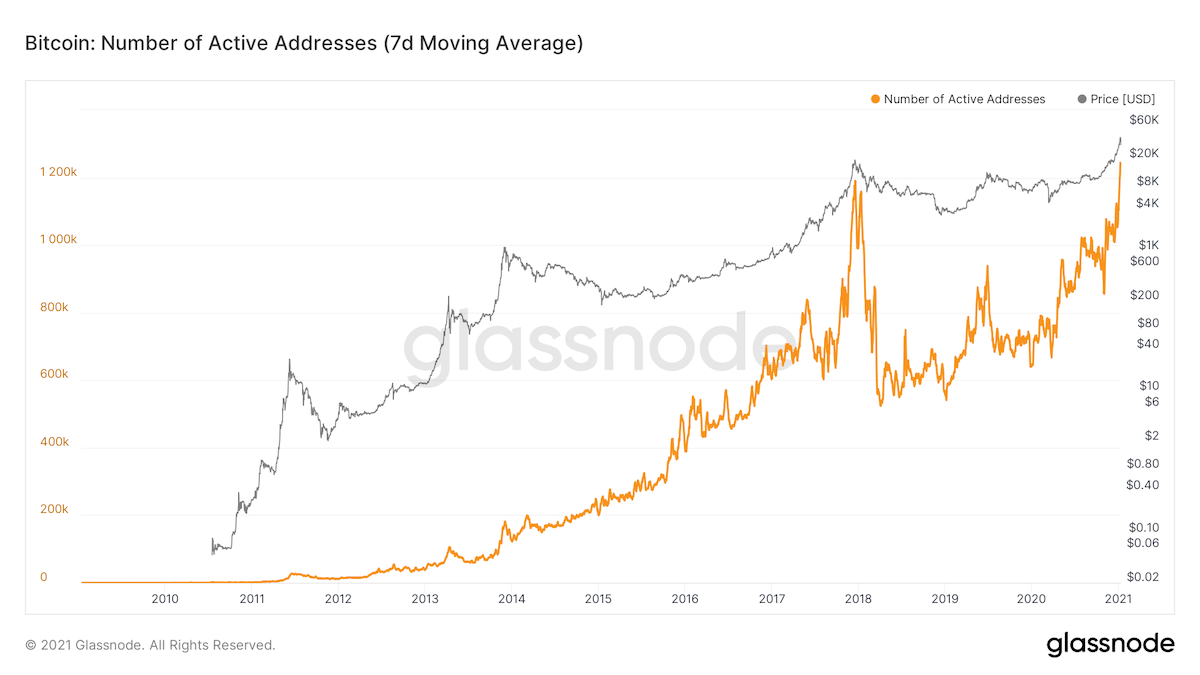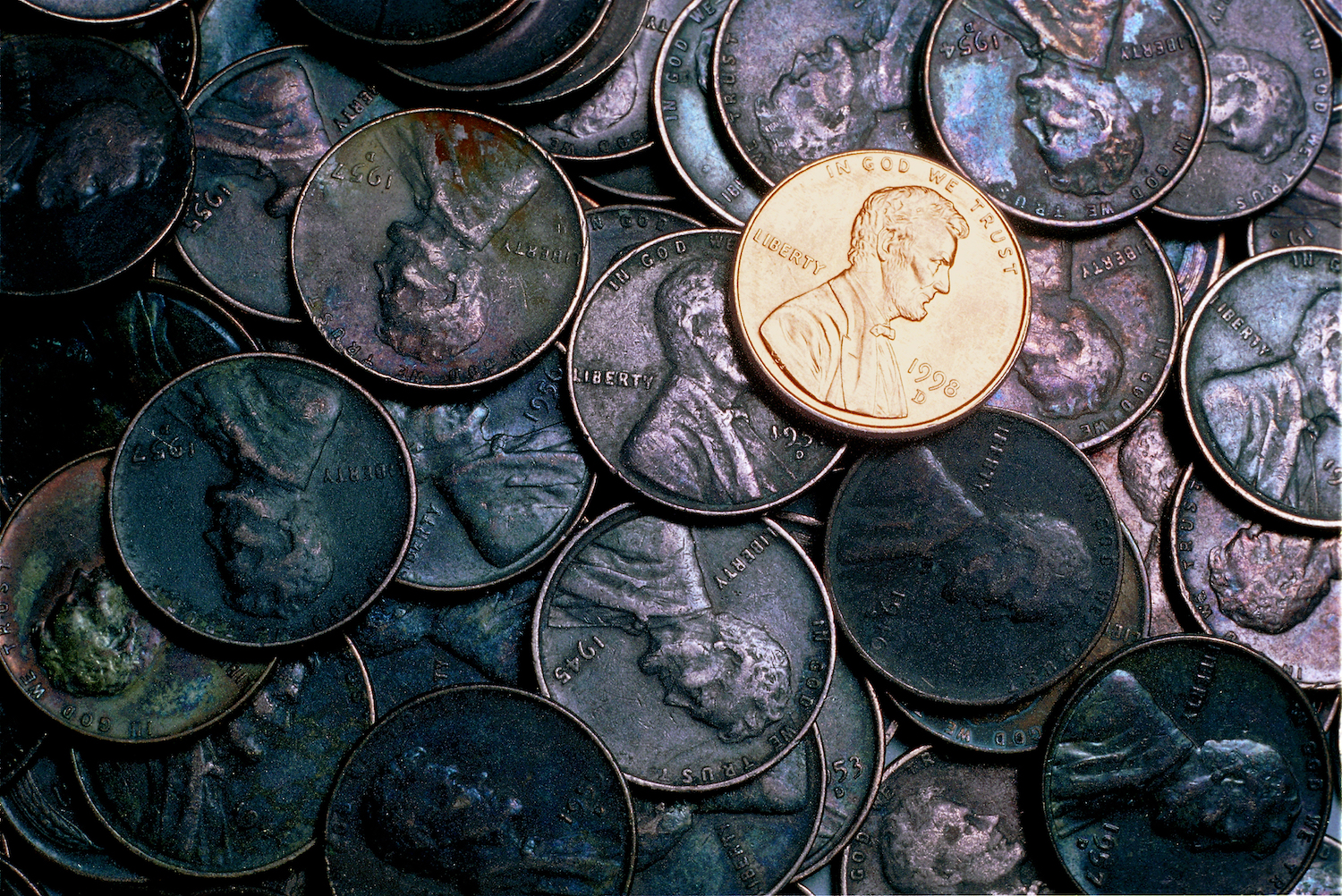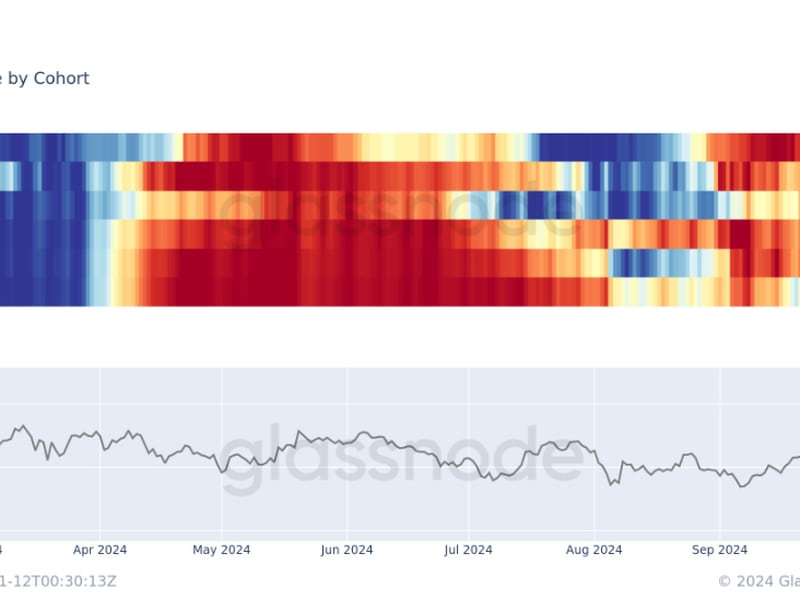PayPal’s Stablecoin Part of Third Largest Liquidity Pool on Curve
/arc-photo-coindesk/arc2-prod/public/LXF2COBSKBCNHNRE3WTK2BZ7GE.png)
Payments services provider PayPal’s dollar-backed stablecoin PYUSD’s use in decentralized finance (DeFi) seems to be gathering traction.
A recently launched liquidity pool comprising PYUSD on the automated market maker (AMM) platform, Curve, boasts $135 million in total value locked (TVL), the third largest behind the popular 3pool.
In addition to PYUSD, issued by regulated company Paxos, the so-called FRAXPYUSD pool also consists of Frax Finance’s collateralized algorithmic stablecoin FRAX. The pool went live on Dec. 27.
A liquidity pool is a reserve of two or more cryptocurrencies locked in a smart contract, facilitating the exchange of assets on a decentralized exchange. Curve is a decentralized exchange used by traders to swap stablecoins. The activity on Curve is considered a proxy for whales looking to convert one stablecoin into another.
The FRAXPYUSD pool allows traders holding FRAX to swap them for PYUSD and then use the newly acquired coin on the PayPal app for purchases and remittances. At press time, the pool was imbalanced, with FRAX accounting for over 80% of the total liquidity.
“FRAX is kind of like the on-chain liquidity for PYUSD, and the latter is the offchain fiat ramp,” Sam Kazemian, founder of Frax Finance, told CoinDesk in an interview. “Since inception, the pool has seen an average daily trading volume of $5.5 million.”
CoinDesk has reached out to PYUSD’s issuer Paxos for insights on PYUSD’s growing use case in DeFi.
Debuted in August, PayPal’s PYUSD is slowly finding its way into decentralized finance, although it still lags behind industry leaders Tether and Circle by a significant margin. Data tracked by Kaiko show PYUSD’s daily trading volume hit a high of $9 million in December and recently stood at around $4 million, a far cry from Tether’s USDT recording a 24-hour trading volume of over $55 billion.
:format(jpg)/cloudfront-us-east-1.images.arcpublishing.com/coindesk/HWGRY3TRMFDKDLC23JMVNIGRSQ.png)
“It is a good sign that liquidity is growing in DeFi. It seems that Paypal is investing resources into expanding the stablecoin’s usage for crypto trading activities, beyond just payments and within the Paypal app,” Clara Medalie, research director at Kaiko, said in an email.
“However, they face a lot of competition from USDT, which today denominates the majority of all crypto transactions and liquidity. Circle’s USDC is also a big competitor on DeFi protocols and is by far the most liquid,” Medalie added.
Kazemian said the FRAXPYUSD will likely grow more, with Frax Finance exploring potential DeFi integration supported by PayPal’s payment app.
“Imagine if you open your PayPal app and you can save in PYUSD and Frax inside of Curve and earn the yield,” Kazemian quipped.
Edited by Sandali Handagama.









